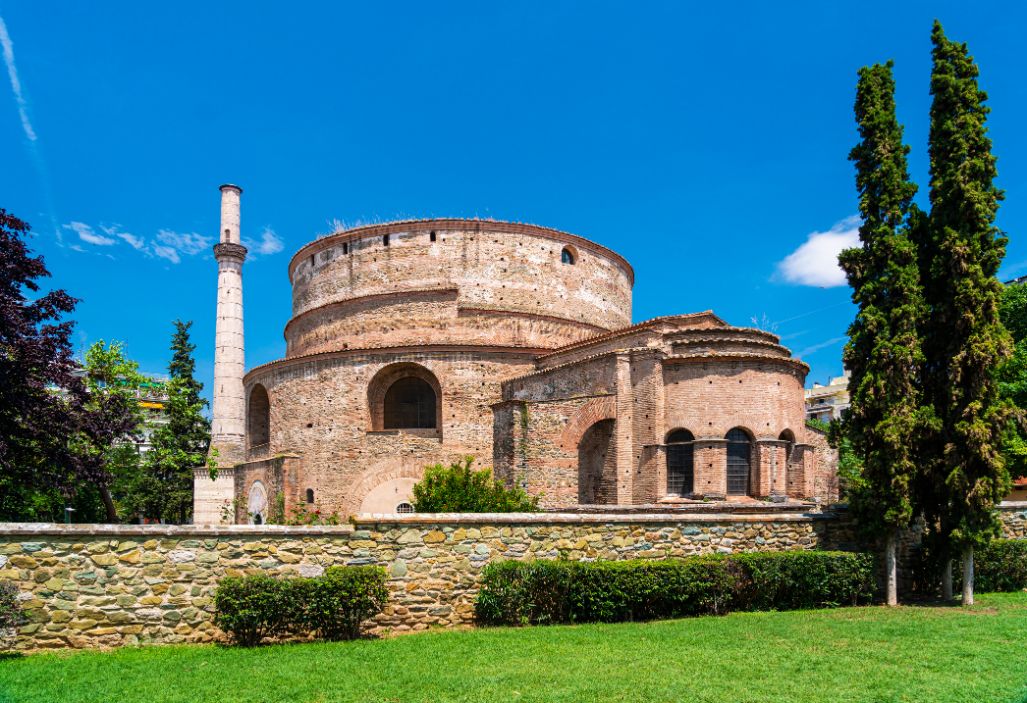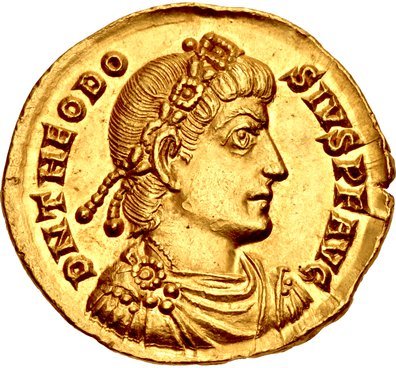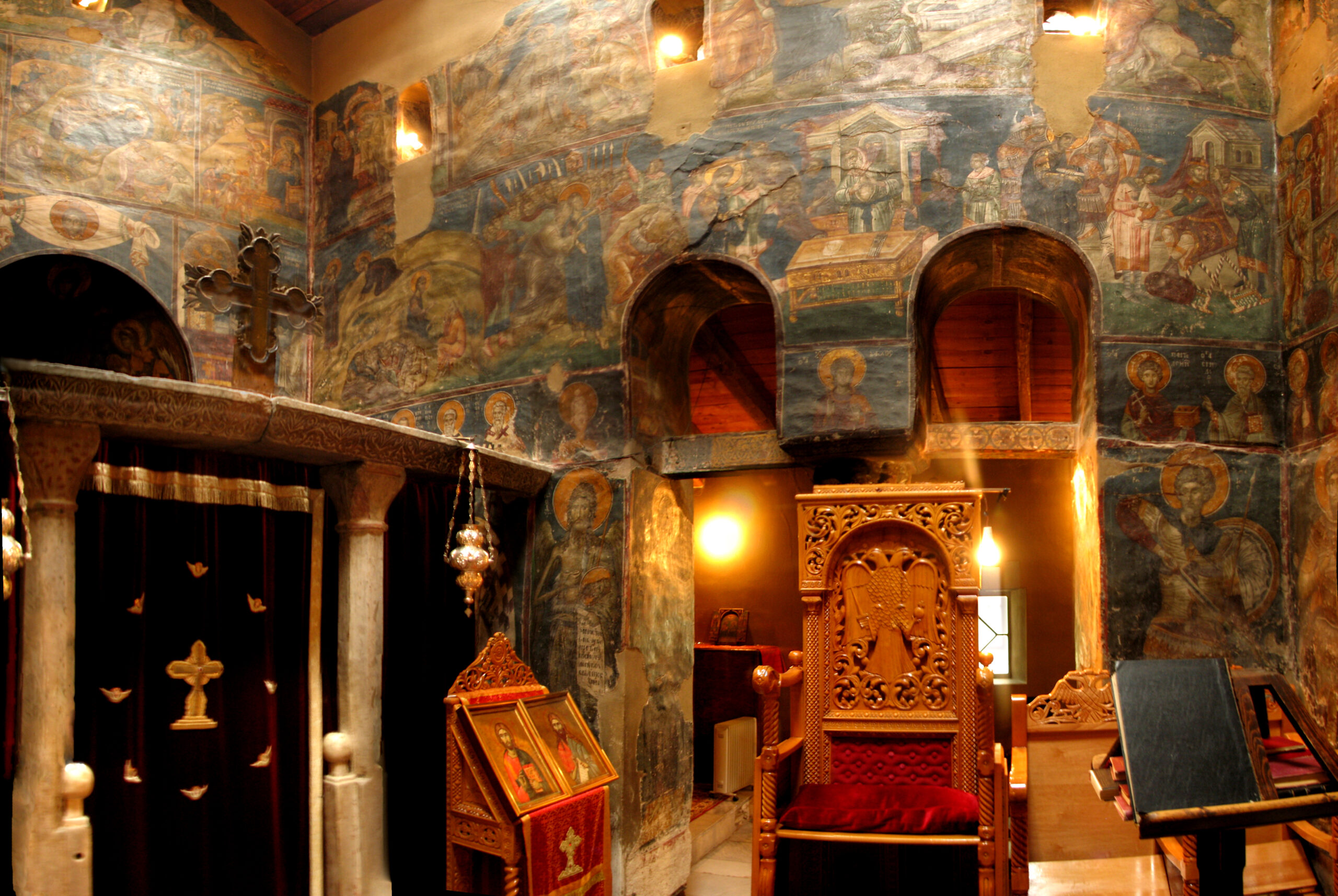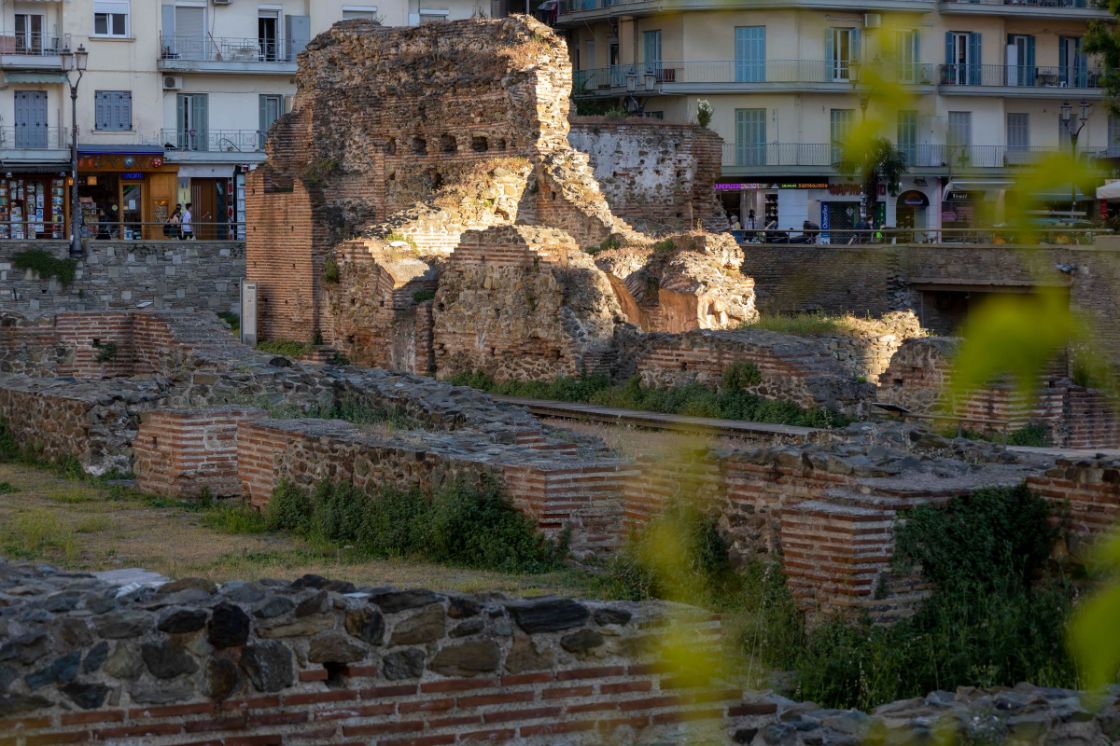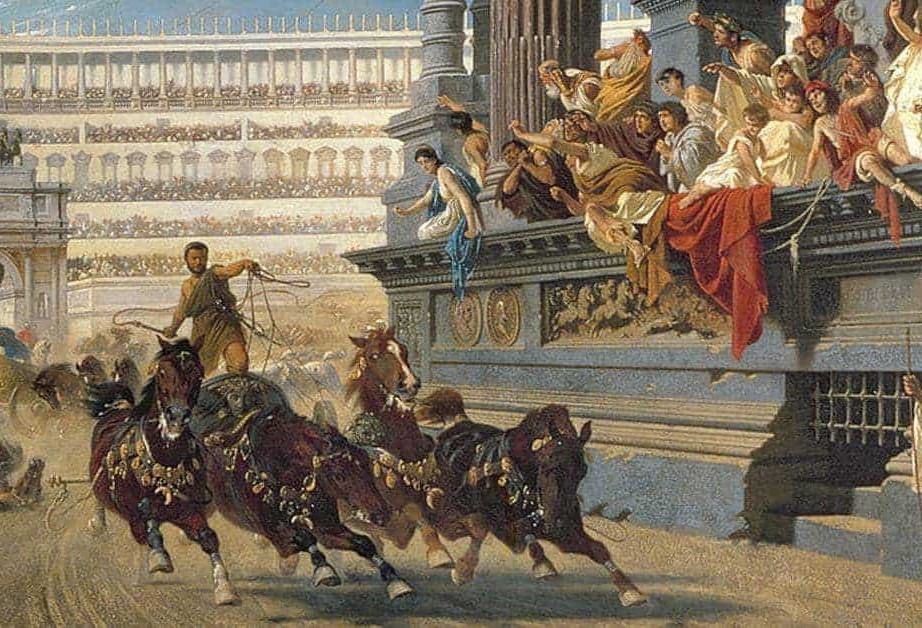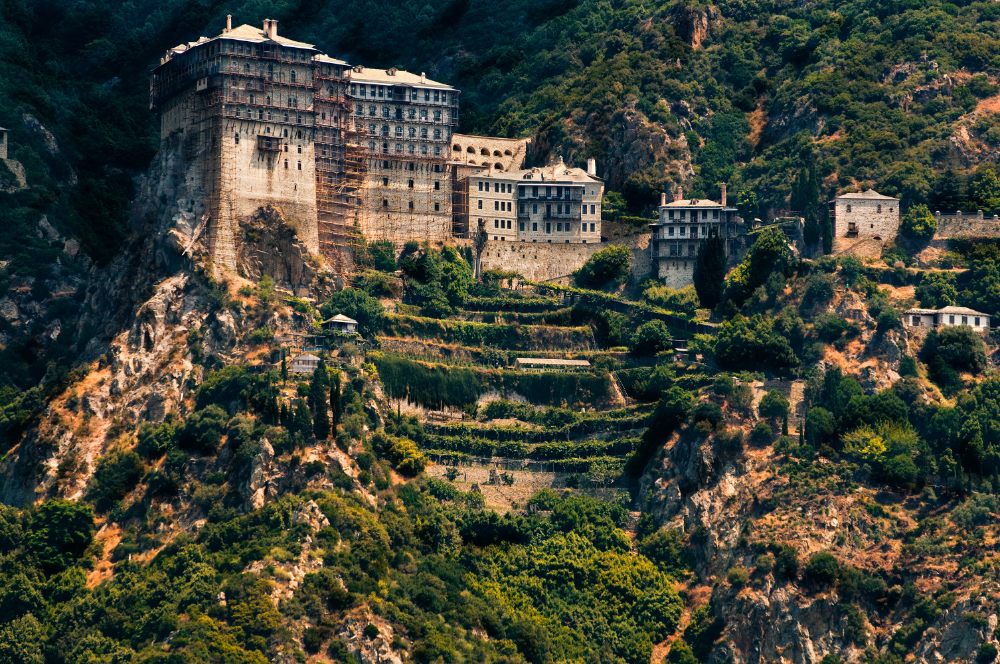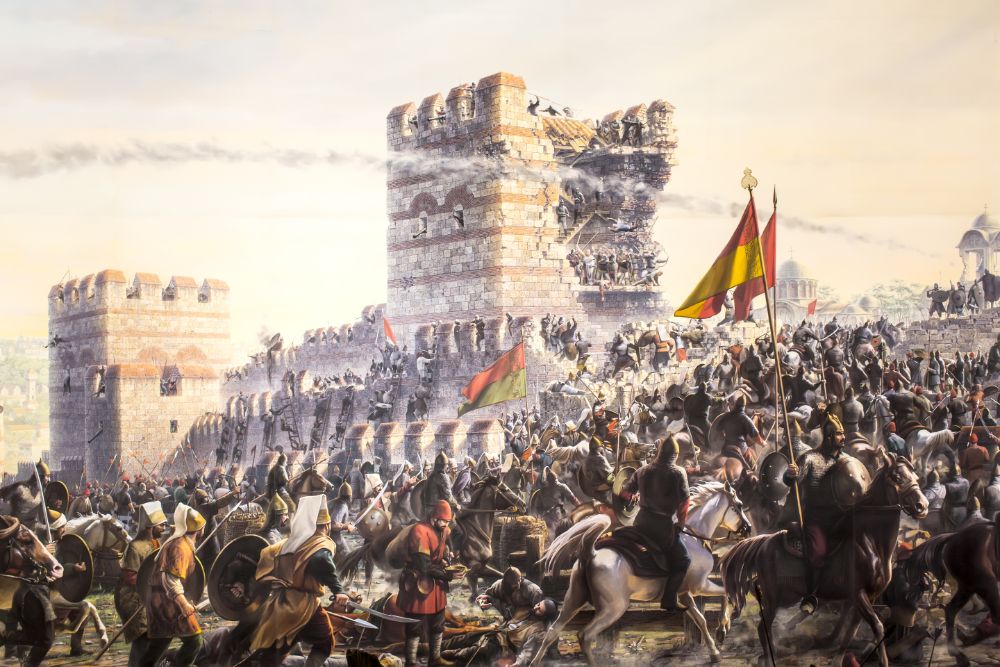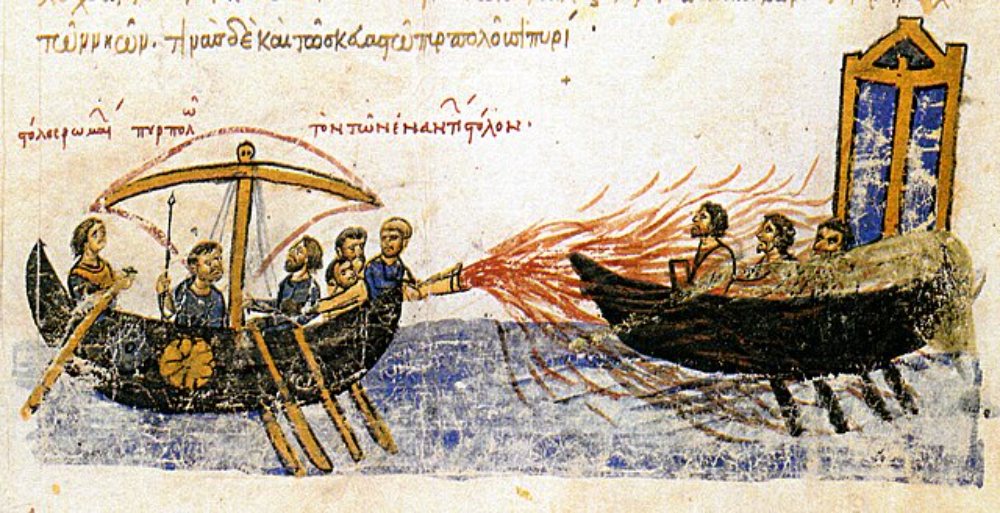From Roman Monument to Modern Meeting Place
The Rotunda of Thessaloniki, originally constructed in the early 4th century CE under the reign of Emperor Galerius, stands as one of the city’s most iconic and historically significant structures. Initially intended as a mausoleum or monumental tomb, it was later repurposed as a Christian church during the Byzantine period, further solidifying its importance within the Byzantine-Greco-Roman context.
Architecturally, the Rotunda is a masterpiece of Roman engineering, featuring an impressive dome that was an engineering marvel for its time. Its original purpose, however, remains a subject of debate, with some believing it was meant as a temple or even a basilica dedicated to the emperor. Regardless, the Rotunda’s size, shape, and construction techniques are a testament to the grandeur of the Roman Empire and its architectural innovation.
The Rotunda’s significance evolved throughout history. After the Byzantine era, the building served as a mosque during the Ottoman occupation, symbolizing the region’s cultural and religious shifts over time. In modern times, the Rotunda is a historical and cultural landmark, representing the layered history of Thessaloniki and its ability to adapt to various periods of occupation.
Today, the Rotunda is more than just an ancient structure—it is a meeting point for the people of Thessaloniki and visitors alike. As one of the city’s most famous and well-preserved monuments, it draws both tourists and locals, acting as a symbol of Thessaloniki’s rich heritage. Serving as a bridge between Roman, Byzantine, and Ottoman cultures, the Rotunda stands as a powerful reminder of the city’s role in shaping the history of the Mediterranean. It continues to be a focal point for civic events, cultural exhibitions, and gatherings, marking it as one of Thessaloniki’s most significant landmarks.

